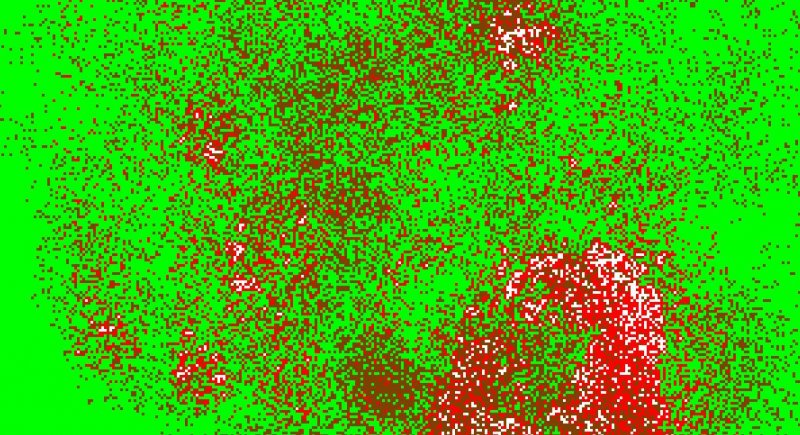Allvision

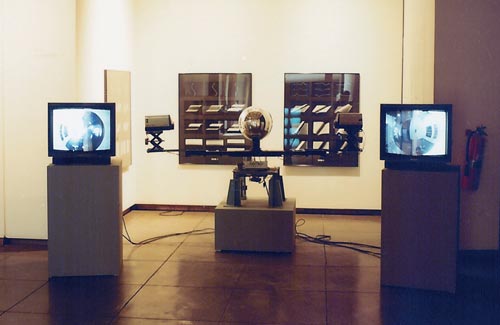 Exploring the medium since the late 1960’s, Steina and Woody Vasulka’s inventive exploration of the new technology coined them as the pioneers of the video arts. The artistic married pair found their inspiration with experimentation of the technology of the moment and social issues of their time. In 1976 Steina (who only goes by her first name) brought her work Allvision to life, born from her research of perception. The installment bears two cameras facing each other on a horizontally rotating axis, in the middle stands a mirrored sphere. The two cameras, on a turntable, slowly orbit the mirrored sphere. Each camera visualizes one half of the reflected space, making the whole space observable as both cameras’ visual were transmitted to four monitors. [1]
Exploring the medium since the late 1960’s, Steina and Woody Vasulka’s inventive exploration of the new technology coined them as the pioneers of the video arts. The artistic married pair found their inspiration with experimentation of the technology of the moment and social issues of their time. In 1976 Steina (who only goes by her first name) brought her work Allvision to life, born from her research of perception. The installment bears two cameras facing each other on a horizontally rotating axis, in the middle stands a mirrored sphere. The two cameras, on a turntable, slowly orbit the mirrored sphere. Each camera visualizes one half of the reflected space, making the whole space observable as both cameras’ visual were transmitted to four monitors. [1]
Times Square
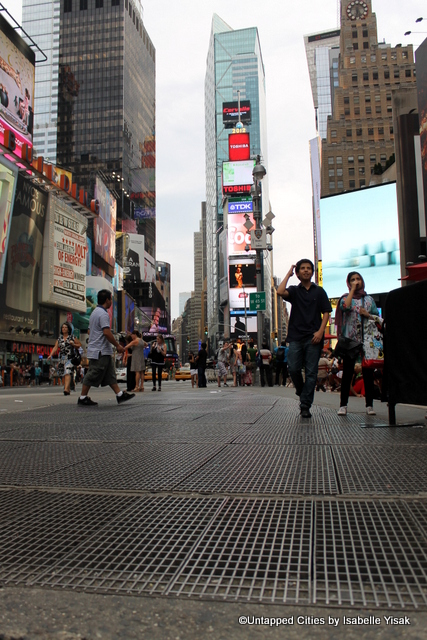
Amidst the busy crowds and bustling traffic, people walking in New York Times Square can easily become lost in the various sounds. But if someone truly and intently listens, he or she can hear the unique art of sound sculptor Max Neuhaus, who specializes in sound technology works, including "Sound Figure" that he made in […]
Interactive Paper Systems

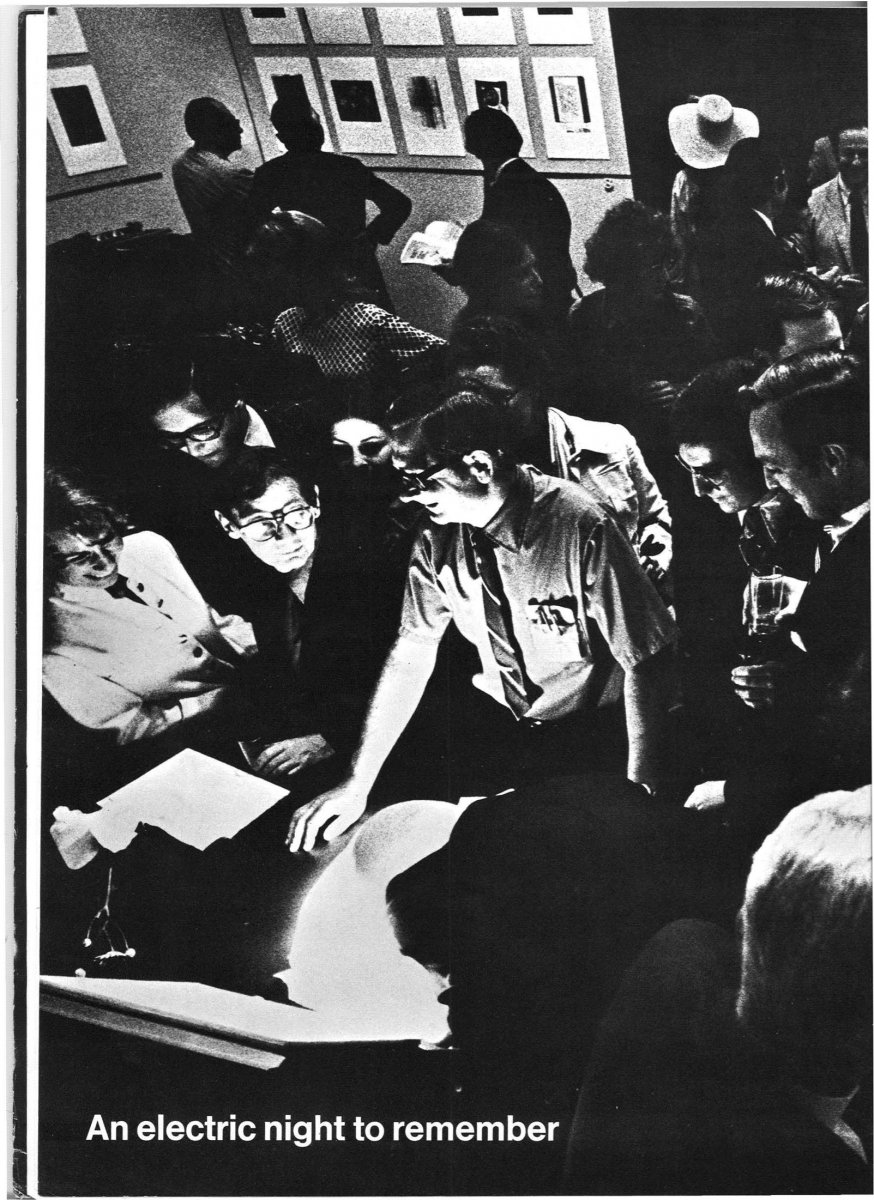 In 1969, art historian and media theorist Jack Burnham approached artist Sonia Sheridan about participating in an exhibition he was organizing at the Jewish Museum in New York for the following year. The exhibition, entitled “Software,” exposed the public to a wide variety of perspectives concerning the functional applications of information processing systems.
In 1969, art historian and media theorist Jack Burnham approached artist Sonia Sheridan about participating in an exhibition he was organizing at the Jewish Museum in New York for the following year. The exhibition, entitled “Software,” exposed the public to a wide variety of perspectives concerning the functional applications of information processing systems.
Sheridan’s installation consisted of the new 3M color-in-color photocopying machine, which the audience was permitted to interact with and make their own instant images. On working with this medium, Sheridan has stated, “It is obvious that this work process becomes another kind of time for the artist as the distance from conception to conception is reduced to minutes and objects change as rapidly as thinking allows.”
Installation view at opening of Software exhibition at the Jewish Museum in New York, 1970. Image from exhibition catalog. Photo: Shunk-Kender.
Present Continuous Past(s)

Present Continuous Past(s) is a piece where present time is reflected. This piece was created by a diverse artist named Dan Graham. 1 “Graham was owner of a gallery, art and culture theorist, photographer, film producer, performance and installation artist. A pioneer in performance and video art in the 1970’s, Graham later turned his attention […]
Kelly Heaton : Reflection Loop
Kelly Heaton : Reflection Loop (1972) Software designer Steve Gray and artist Kelly Heaton created a very unique experience with children’s old toys, called the Reflection Loop: The pool. [1] Heaton became very familiar with analog electrical engineering in the late 90’s, which ignited the spark to creating the remainder of her work. The way […]
Allvision
A better article on Allvision is here Allvision – Marita Steina (1976) Before inventing Allvision, Marita Steina studied art and music in Prague, Czechoslovakia. As she was studying these various art forms, she met her husband, Woody, who was very skilled in videography and electronic connectivity. Around 1975, Marita became extremely fascinated with technology of […]
Faraday Cage
In the early 1970s, Tom Sherman’s work focused on the form and definition of sculpture. In 1973, Sherman became very interested in radio waves and how they interact with each other and with humans. [1] As his facination with radios grew, he decided that he wanted to build a “shelter” or a “radio-free” environment to […]
Cubic Limit series, P-154c
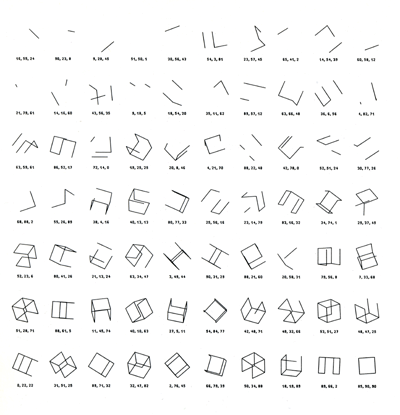
In Cubic Limit, Manfred Mohr introduced the cube into his work as a “fixed system with which signs are generated. In the first part of this work phase (1972-76), an alphabet of signs is created from the twelve lines of a cube. In some works, statistics and rotation are used in the algorithm to generate signs. […]
“Tv Garden” by Nam June Paik
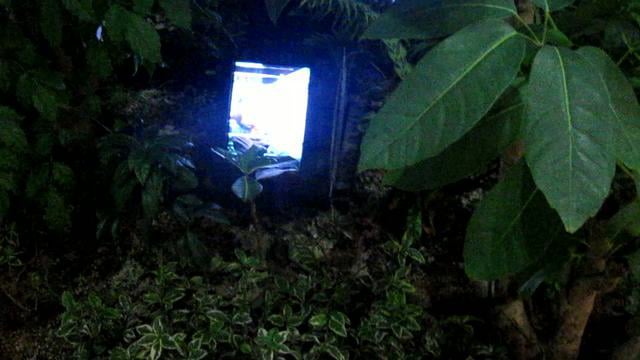

Electronic Hokkadim

This page contains a reproduction of the official program of the Electronic Hokkadim.
Complex Wave Forms
[video src=http://www.youtube.com/watch?v=BU7Ysa7TNxs]Aspen Movie Map
[video src=http://www.youtube.com/watch?v=Hf6LkqgXPMU] [video src=http://www.youtube.com/watch?v=w18MyqszIYc]Spinning Shaft

Noisefields
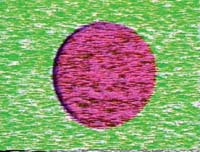
 [1]
[1]
Day Passage

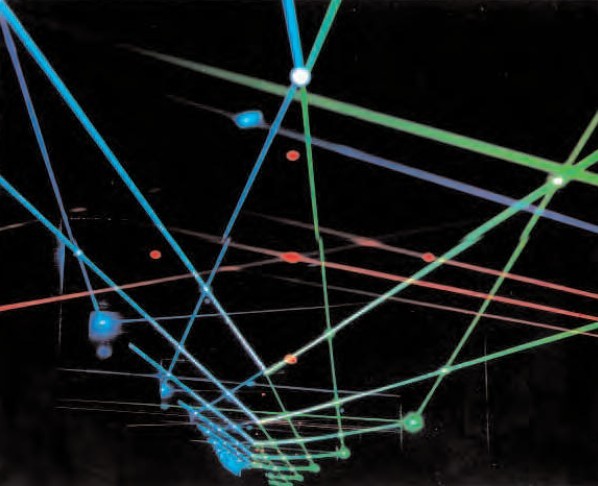
“Day Passage”[1]
Surveillance I
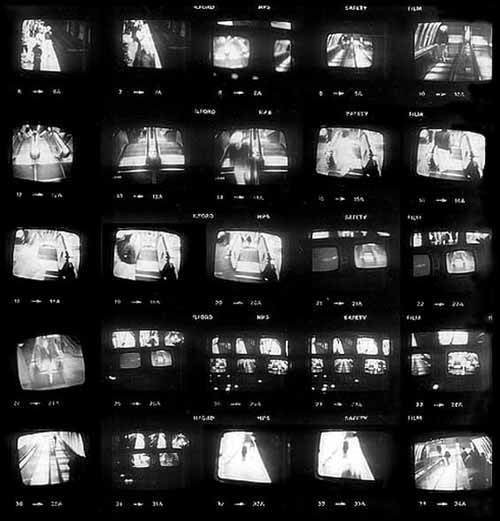
Wearcomp
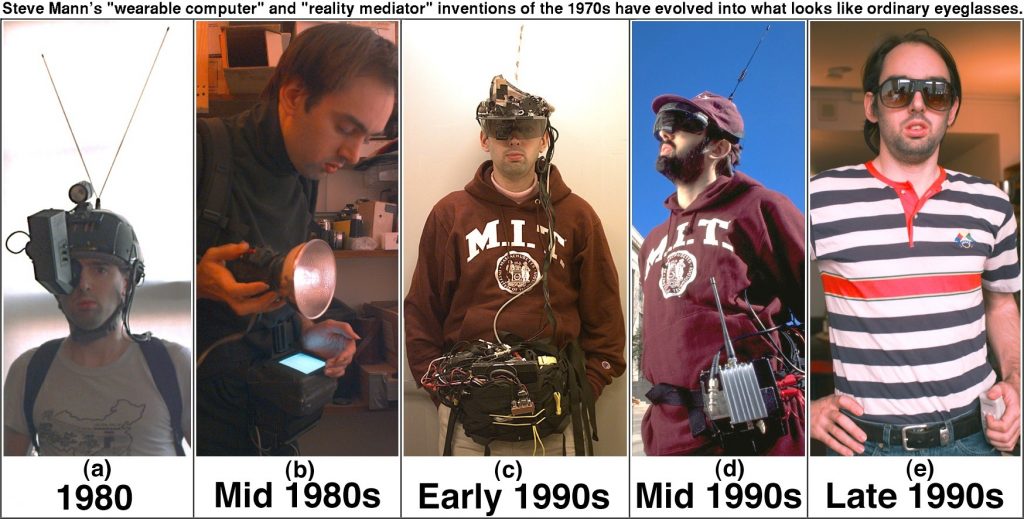
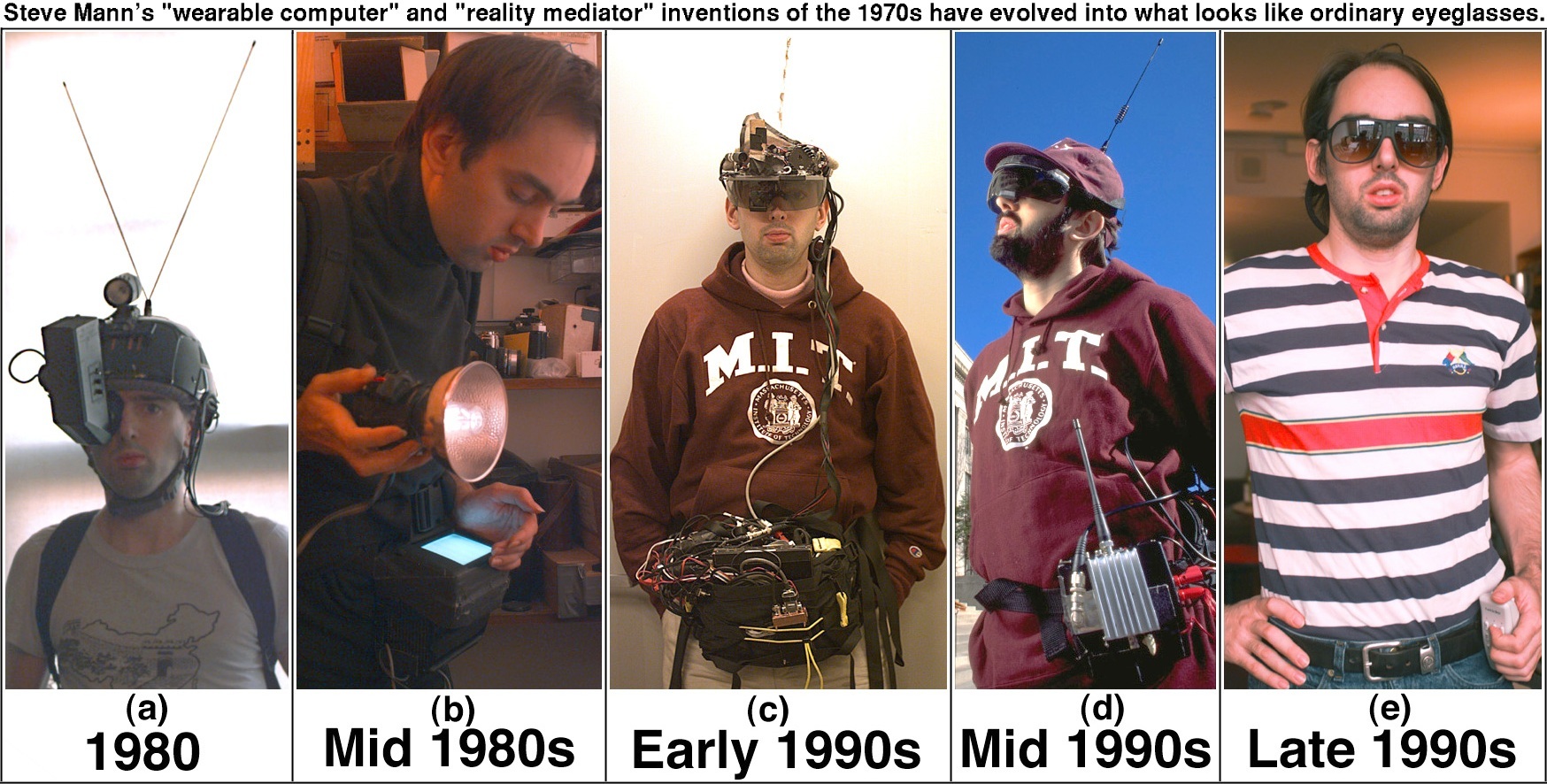
Vladimir BONACIC G.F.E.
“One of the most interesting aspects of this work [in Galois fields] is the demonstration of the different visual appearance of the patterns resulting from the polynomials that had not been noted b
WGBH, Fred Barzyk/New Television Workshop
[video src=http://www.youtube.com/watch?v=VMaZnEnFAyM]Sol Lewitt – Variations of Incomplete Open Cubes

Lillian Schwartz, Michael Knowlton Pixillation, 1971
[video src=http://www.youtube.com/watch?v=DDEnrlBymcU]VideoPlace
A new kind of interaction: interaction with a shadow of other people.
[video src=http://www.youtube.com/watch?v=dqZyZrN3Pl0]Send/Receive Satellite Network

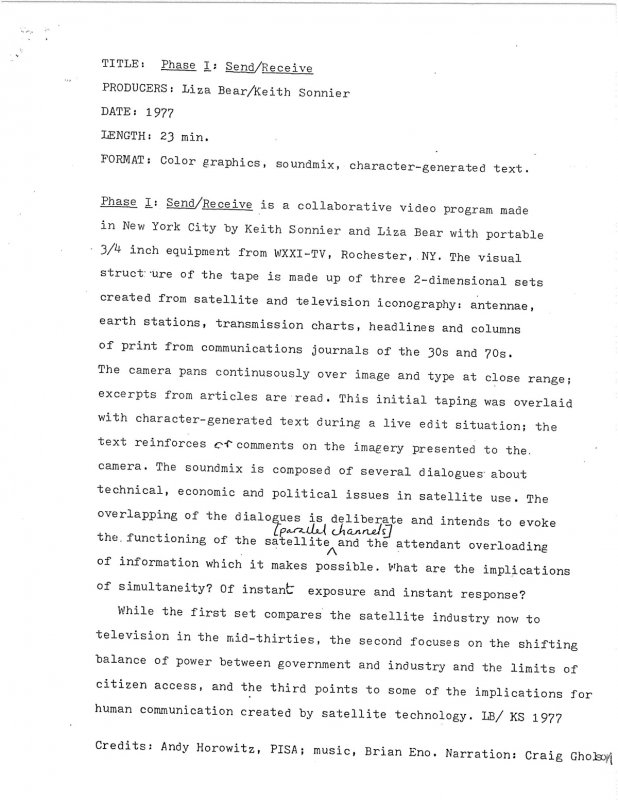
He Weeps for You

 [1]
[1]
Soundings
 [1]
[1]
Videoplace
[video src=http://www.youtube.com/watch?v=dmmxVA5xhuo]In the video Myron Krueger explains the Videoplace installation.
Metaplay
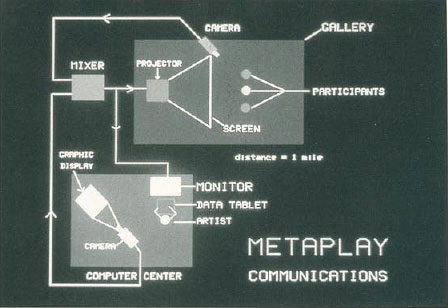
Roberta Breitmore

Traffic Sign
TV-Buddha

TV Buddha (1974) Closed Circuit video installation with bronze sculpture. [1]
Software exhibition documentation
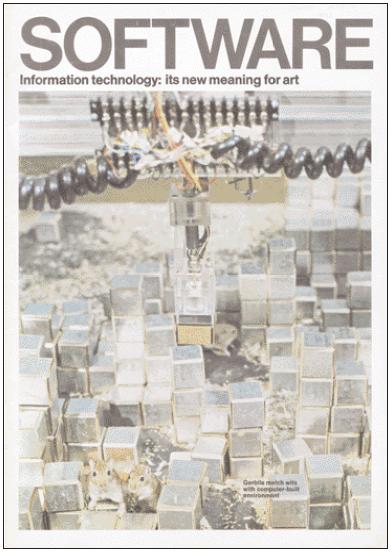
- [img src]:Edward
Satellite Arts Project

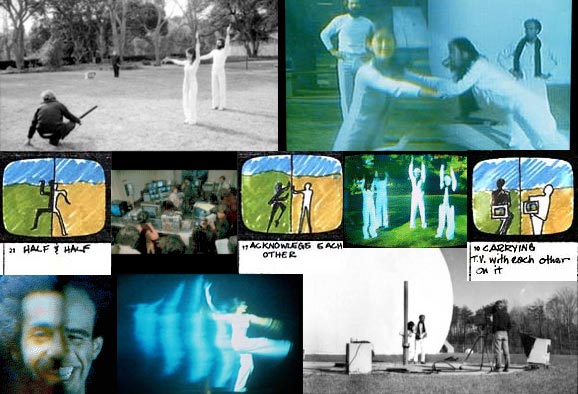
Talk-Out!
Three-hour interactive telethon co-sponsored by the Everson Museum and WCNY-PBS.
The Last Nine Minutes: Live performance for international satellite telecast, documenta VI
[video src=http://www.youtube.com/watch?v=n-fhUb9wWmE]Observation of the Observation: Uncertainty

 [1]
[1]
Interface
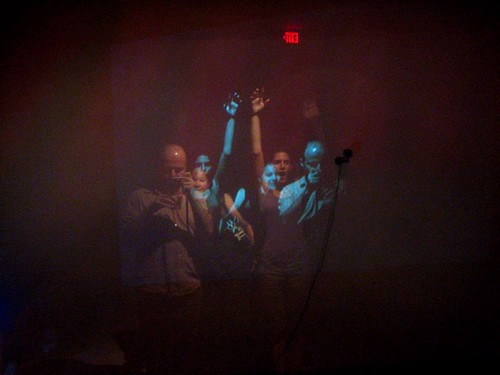
 [1]
[1]
Three Transitons
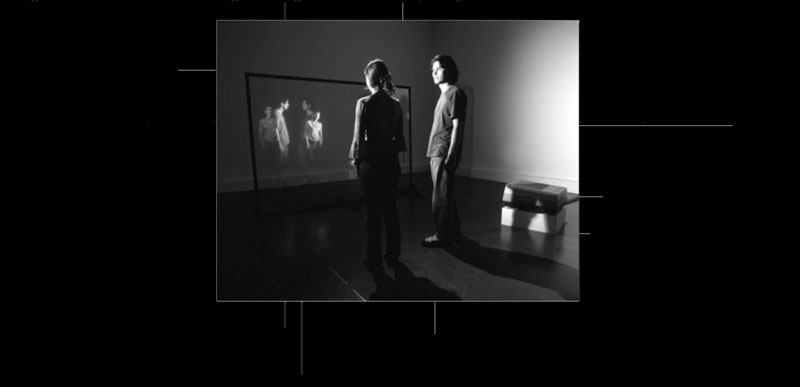
 [1]
[1]
Aspen Moviemap, Google Street View, Viewfinder
Aspen Moviemap:
[video src=http://www.youtube.com/watch?v=Hf6LkqgXPMU]
